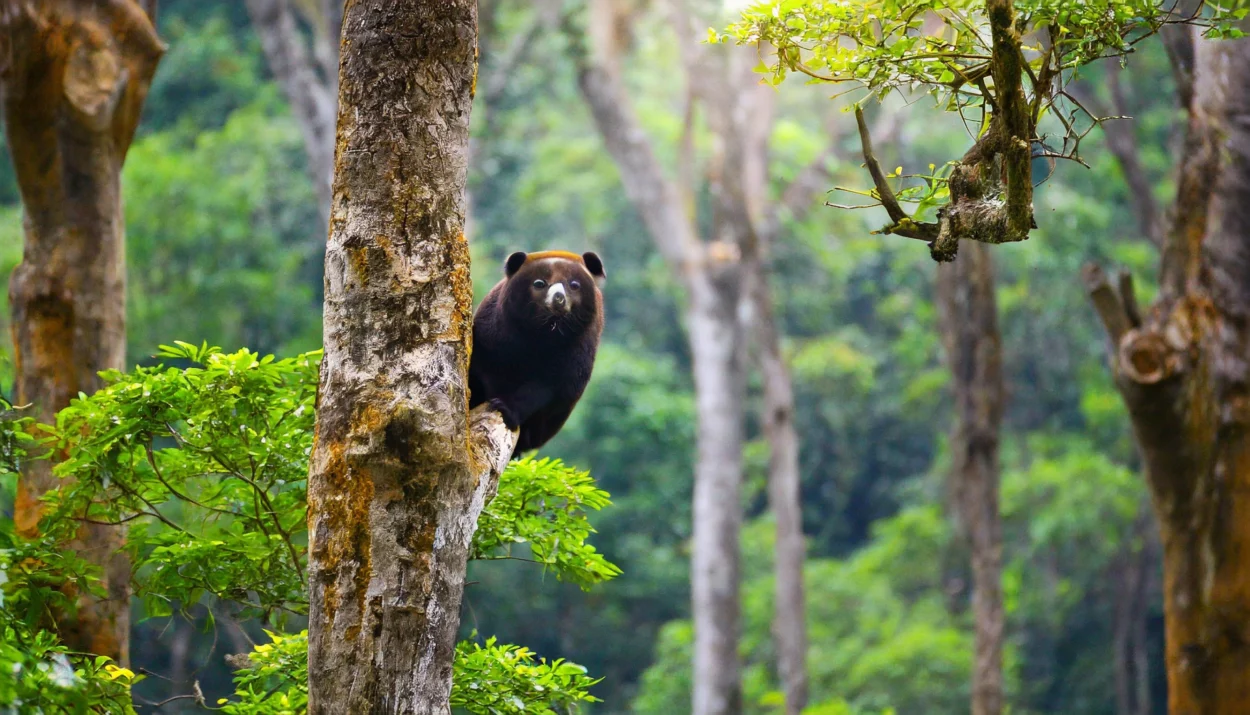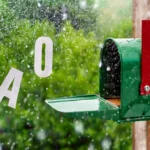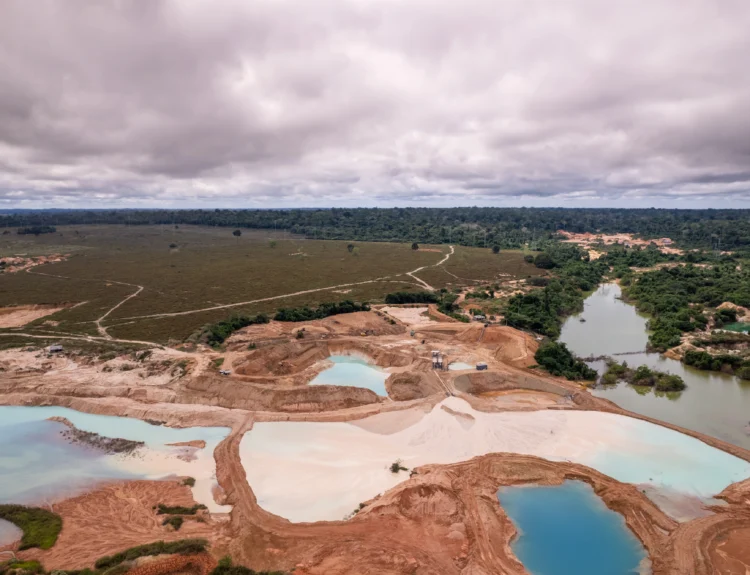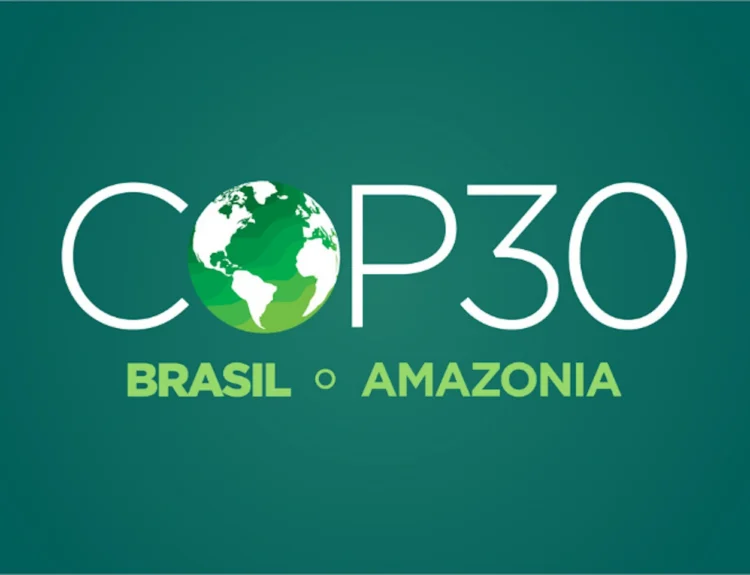If I didn't run my mouth too full yesterday. Did you miss it? Here. One day later, from a distance, my assessment of the success rate of petitions is not exactly rosy. But what is deforested where and how, what has fallen victim to the many Mediterranean forest fires, what disappears in the eternal floods during storms, all this can be measured. The fact that the result is that today not even 3% of the land area offers intact habitats, yes, that's bad. But it's also measured, not my opinion.
My opinion is that we should still sign the petitions, even though statistically it won't change the policy. My opinion is that it is made really difficult for the consumer to buy sustainably, but the question of guilt almost always ends up with the consumer. Even with the deforested rainforest, the problem wouldn't exist if the consumer didn't use environmentally harmful pellet stoves. The connection is obvious, isn't it?
So as not to be seen as a naysayer, I promised to reveal what you can do if you really want to protect forests and preserve them for future generations. Well then. Sounds like I've eaten wisdom with a spoon. As I said, I hope I haven't promised too much. But no, I think I've picked out three really great projects. I'm presenting the first one to you today.
There is a lot of overlap. Although the two Forest petitions and I am a member of Greenpeace, Greenpeace does not appear here. That's simply because Greenpeace is active in many, many areas. But they don't focus on forests.
Planet Wild
You've probably never heard of them. I am about their YouTube I became aware of it after my first appearance and find the concept exciting.
Planet Wild finances a new mission every month through monthly membership fees and donations. The members have a say in what the mission is. There is a mobile phone app and a Discord (for people my age, we called it irc 25 years ago, it's basically nothing more than a chat for groups of thousands of users). The mission can be pretty much anything that has something to do with nature conservation. I'll get to why I recommend Planet Wild specifically on the subject of forests in a moment.
The special thing about Planet Wild is that you can tell in some places that it is a Berlin start-up with very fresh young entrepreneurs. Everything feels lively and the ideas are original. For each mission there are progress reports, transparency reports (how much was spent on what?) and a short YouTube documentary of the mission.
The YouTube videos in particular create trust. The mission team is not big. You'll know them in no time. A Planet Wild team is on site for every mission. So you can be sure that help is really being provided. And that your money goes where you donated it for. Unfortunately, you can no longer be sure of either these days. What's wrong with contemporaries who use animal welfare as a pretext for fake fundraising campaigns? Sick. I could have used gender, but the crime statistics unfortunately confirm the cliché. The perpetrator is usually male, well off and white. Someone like me, only not me.
This month, everything revolves around an animal that is native to the tropical forests of Southeast Asia. The Sun bear. The smallest bear in the world. How could it be otherwise? There are only about 2,000 sun bears left on the planet because, well, I can think of two main reasons: man and man. And man.
It is hard for Europeans to imagine that there are people who keep a full-grown bear as a pet. But unfortunately appearances are deceptive. I don't want to spoil my day, so today I'm not going to think about how much you have to shit in an idiot's brain for a bear to be a pet. Prince Marcus comes out. If animal abusers had a name... And yet, at the end of the day, it is his almost 80,000 YouTube followers who fuel Marcus' daily urge to torture animals in a drunken stupor and post the videos online. And the even more inexplicable urge to post justification videos in an even drunker state. Has anyone ever tried to have Prince Marcus incapacitated by the courts? In addition to many other problems, about which the psychologists among us can say more qualified things, the man clearly has a serious alcohol problem. The man is a danger to himself and others. Case closed. Easy.
That reminds me, no mail this week either from the AOK. How many weeks have they been debating my objection to their rejection of my application to cover the costs of taking my own PD? Wow. Have I missed something?
Back to the bears. The little sun bears in particular are naturally predestined to be pets. Not at all. Only teddy bear babies are even better. That's what the illegal animal dealers thought. Who cares whether bears have feelings, whether they feel emotional pain? Or whether the species is threatened with extinction. That's why they are now hunting the mother bears. The mums are killed in front of the cubs and the bear cubs are put in steel mesh cages to be put on display at one of the many illegal wildlife markets.
Probably an even greater danger are the never-ending Slash-and-burnto build one palm oil plantation after another on land that was once home to virgin forest and its countless animal species. This problem is not new either. It has existed for decades. You can't claim that you didn't realise it was happening. Although the scale of this disgrace is getting bigger and bigger, I have to admit that I haven't noticed much of it in recent years. To make sure it is not forgotten, I can recommend my multi-part article on the atrocious business practices of the Swiss Nestlé Group as bedtime reading.
The animal rights activists are now jumping up and saying that something has to be done. After all, it feels like every second supermarket product contains palm oil. So in the end, it's up to us consumers again. We won't be able to do without the cheapest vegetable fats in the world in order to preserve the habitat of sun bears and orangutans and whatnot. But we can save young bears so that their species can be preserved. It is not easy to release sun bears back into the wild because they need a "mother" for years - carers take on this role - but with commitment and enough sponsors, a lot can be achieved. Together with Bornean Sun Bear Conservation Centre, Planet Wild set up a camp in the rainforest of Borneo to raise a small female bear and release her back into the wild. Just a drop in the ocean, of course, but a drop that has already achieved more than any petition I know of.
I don't even want to know what else is done to the animals. I keep reading about traditional Chinese medicine (TCM) in situations like this. Sharks, bears, tigers, ... What's not quite right with people who believe it's normal to let a sun bear, a moon bear or any bear drain bile through a punctured catheter twice a day while fully conscious. Allegedly medically effective. The tormented bear is kept alive for as long as possible so that the bile "produces" for as long as possible. It can take twenty years. Apart from the fact that this is the ultimate in cruelty, the statement on effectiveness is simply blatantly irrelevant. It's cheaper to take herbal or synthetic active ingredients. People are just too stubborn to admit that their 3,000-year-old medical cult was in fact not a belief, but a misconception.
GEO describes the way the bears are treated as follows: "They are malnourished, receive too little water, languish in a stupor, gnaw their jaws bloody on the iron bars as a reflex to the chronic pain, monotonously bang their heads against the metal until non-healing skin tears and ulcers form; many go blind. The wounds become inflamed, burn and hurt, but the animals cannot scratch themselves because their claws and often also their canine teeth were torn out at the beginning of their captivity, almost always without anaesthetic."
I am only showing a section of the picture. I recommend that you read the article later. I'll link it again at the end.
What is wrong with us humans? The transport cage looks harmless compared to the following series of pictures.

Image source: https://www.geo.de/natur/tierwelt/9886-rtkl-china-die-qual-der-galle-baeren
The GEO photo series is even clearer. I can't show you this either because of the image rights. I'll also link you to the photo gallery at the end. It is really worth seeing.

Image source: https://www.geo.de/natur/tierwelt/fotoshow-galle-baeren-30165662.html

Image source: https://www.geo.de/natur/tierwelt/fotoshow-galle-baeren-30
Some time ago, I myself had a Sponsorship for a sun bear. At the time, I found it very, very difficult to judge the seriousness of the offers. It is very difficult for me to do this in Asia. There are hardly any opportunities to check an Asian animal welfare organisation for authenticity if you can't fly there. And as I have already stated, isn't it always the same for those who want to help?
And that's where Planet Wild comes in. Because you know the people and can see the work on YouTube, the uncertainty of whether your money will get to where it is needed is completely eliminated when donating.
Whether it's the little sun bear in the jungles of Borneo, the giant European bear, which is extinct in the wild because it has been slaughtered to extinction, or the Bison in the forests of Poland, reforestation in the neighbouring Resin or in the distant Senegalthe reintroduction into the wild of the animal that became extinct in this country due to hunting for its pretty fur. Lynx Planet Wild is there with the camera on all missions.
Thanks to the Planet Wild members, the Sicilian Guerrilla fire brigade with protective equipment, training and water pump backpacks, fireproof shoes and a mobile fire extinguishing unit. I have already mentioned the forest fires in the Mediterranean region. Sicily has been hit particularly hard. It was probably the hottest place in Italy. And I'm not talking about the (Wood) Mafia. The February mission was particularly memorable for me. It showed just how much Planet Wild reaches into its creative bag of tricks when it comes to finding solutions to crises that have been known for decades
The scene of the action is Scotland. Once upon a time, there was a stately primeval forest here that seemed to cover half the island. So, let's say the northern half consisted of forest. That's about right.

Image source: https://youtu.be/BiDBAU2d7oE
What is left of it today: nothing. Man has cut down almost the entire primeval forest until there was simply nothing left to cut down. New monocultures were planted in order to continue earning money with the wood.

Image source: https://youtu.be/BiDBAU2d7oE
The problem becomes even clearer from a bird's eye view. The same shit as here. Close together, all one and the same type of tree. It has little to do with nature. I explained the difficulties arising from this type of plantation in detail yesterday, you can find it here.

Image source: https://youtu.be/BiDBAU2d7oE
The idea is as simple as it is ingenious. After a simulated storm, the wasteland with hundreds of broken trees provides a solid foundation for all kinds of life. As soon as the plantation is destroyed, the sun's rays, rain and living creatures reach the ground again. Worms, beetles, insects, mushrooms, bushes, shrubs and wild flowers appear.

Image source: https://youtu.be/BiDBAU2d7oE
With a little help, here and there a long-displaced tree species has been reintroduced as a seedling and it is almost unbelievable how quickly and how intensively nature is reclaiming its place. Now a real habitat has been created again, so that practically extinct animals such as the capercaillie have a habitat.

Image source: https://youtu.be/BiDBAU2d7oE
So much for theory. And in reality? True to the motto you have to die to live, entire fields of tree monocultures were destroyed with heavy machinery. If you're as interested in this as I am, you can find the video documentation of the Scottish primeval forest mission on YouTube right here: https://youtu.be/BiDBAU2d7oE
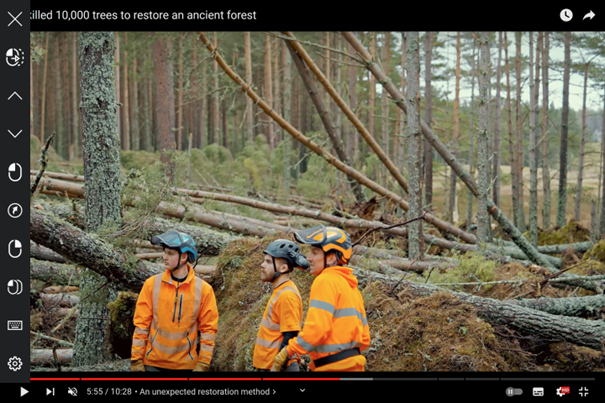
Image source: https://youtu.be/BiDBAU2d7oE
What remains is chaos. Chaos loves nature. Nature loves chaos. Nature always strives for the messiest possible state, this is called entropy. The higher the entropy, the more likely the state.
Any astrophysicist would slap me for this simple explanation of entropy, but basically it works and can be observed and measured experimentally many times over. In outer space during the expansion of our universe, in your glass of water with an effervescent tablet or in your nursery earlier. Sounds strange, but it's actually true.
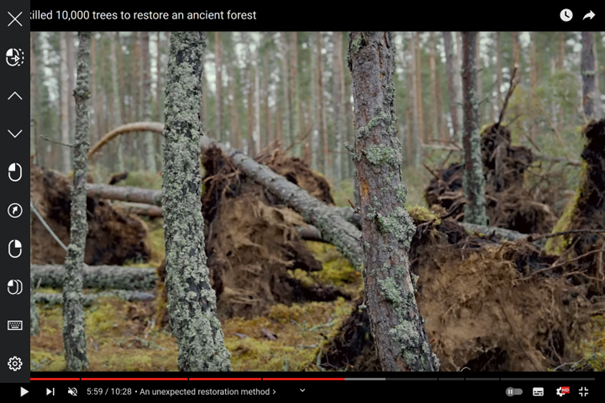
Image source: https://youtu.be/BiDBAU2d7oE
And if people just leave nature alone, the place in the last picture will soon look like the one in this photo.
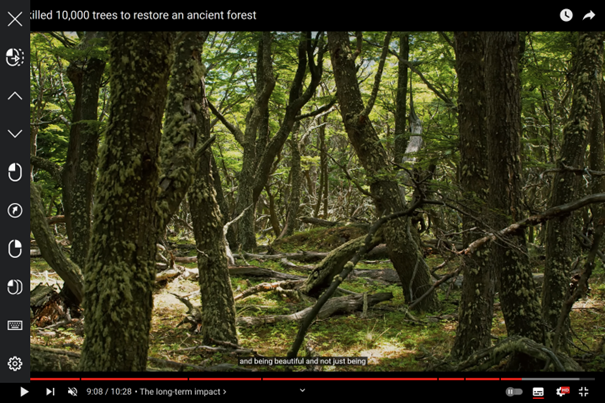
Image source: https://youtu.be/BiDBAU2d7oE
And that's not all. Give the new forest - and it really is one now - twenty, thirty or fifty years. Then it will quickly become a real primeval forest again, as we know it from old legends, myths and stories. At a price that is really manageable.
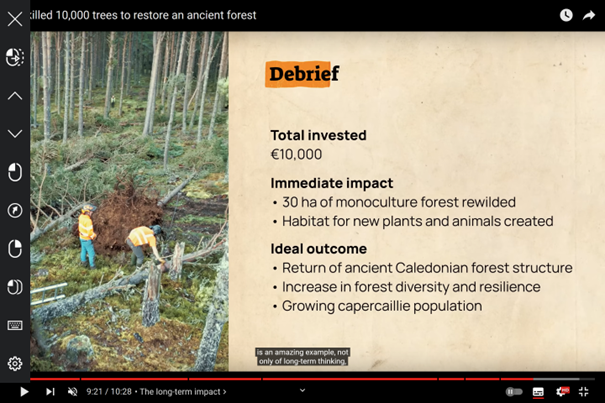
Image source: https://youtu.be/BiDBAU2d7oE
What fascinates me so much about it is that it shows how little it takes to fix in a very short space of time what has been systematically destroyed by humans over the centuries. The earth just needs a little nudge to realise that it can get started. Nature always finds a way. It will also find a way to deal with the climate crisis. It is up to us whether we want to be part of this path.
If you would like to support the work of Planet Wild, you can do so by paying a membership fee, the amount and method of payment of which you decide yourself. I am a member with 720,- € p.a.
Click here to go to the Planet Wild website: https://planetwild.com/join/start
So, we've done part one of three. On Thursday and Friday, I'll introduce you to two more organisations that deal a lot with the topic of forests and need our support.
By the way, the capercaillie has returned to Scotland. Unfortunately, we can't say the same for Germany. So there will still be grouse in this country.
GEO Article: https://www.geo.de/natur/tierwelt/9886-rtkl-china-die-qual-der-galle-baeren
GEO picture gallery: https://www.geo.de/natur/tierwelt/fotoshow-galle-baeren-30165662.html
Planet Wild: https://planetwild.com/join/start
Another super easy way for you to support the cute sun bears and our forests and in fact everything that is dear and sacred to me is to shop in my merch shop. How about an old-school greeting card that protects the rainforest?

https://shop.paddys.de/product/greetings-card-kubistic-sunbear-square-portrait-125cm-x-125cm/
Greetings Card Sunbear
€5
Sun bears are the smallest and rarest of the bear species and are found in the lowland forests of Southeast Asia. Sun bears are classed as vulnerable and the population is almost certainly decreasing due to habitat loss, poaching and the taking of cubs as pets. Longevity in the wild is unknown but can be up to 28 years in captivity. (Bear Conservation, UK)
Artist: Paddy | insta @paddylicious
⚖ 340gsm high quality 🤍 white woodfree uncoated 🍁 natural offset paper 🍓 produced using pulp in white 🍃 organic 🌱 vegan 🌳 saves 1 sqm rainforest 💨 produced with renewable energy 💧 sewage drinking quality 🌿 plant-based packaging 💚 made for you with love ❌ cruelty-free ❌ not tested on animals ♻ renewable 💲 non-profit

https://shop.paddys.de/product/kubistic-t-shirt-sun-bear-womens-crew-neck/
T-shirt Sun Bear | Women's Crew Neck
€23
Sun bears are the smallest and rarest of the bear species and are found in the lowland forests of Southeast Asia. Sun bears are classed as vulnerable and the population is almost certainly decreasing due to habitat loss, poaching and the taking of cubs as pets. Longevity in the wild is unknown but can be up to 28 years in captivity. (Bear Conservation, UK)
Artist: Paddy | insta @paddylicious
🍃 organic 🌱 vegan 🌳 saves 1 sqm of rainforest 💨 produced with renewable energy 💧 sewage drinking quality 🌿 plant-based packaging 💚 made your you with love ❌ cruelty-free ❌ not tested on animals ♻ renewable 💲 non-profit

